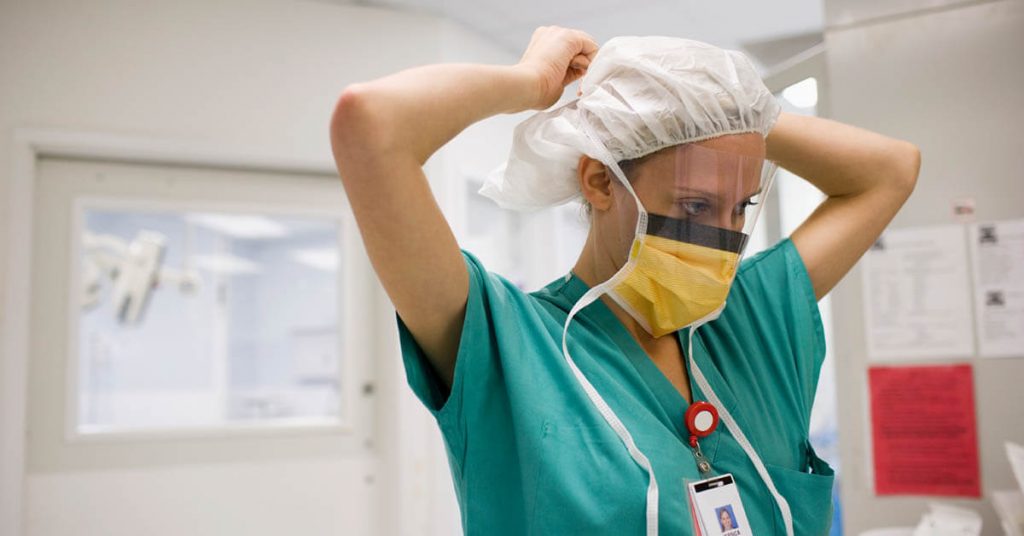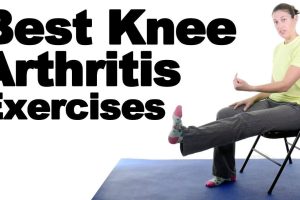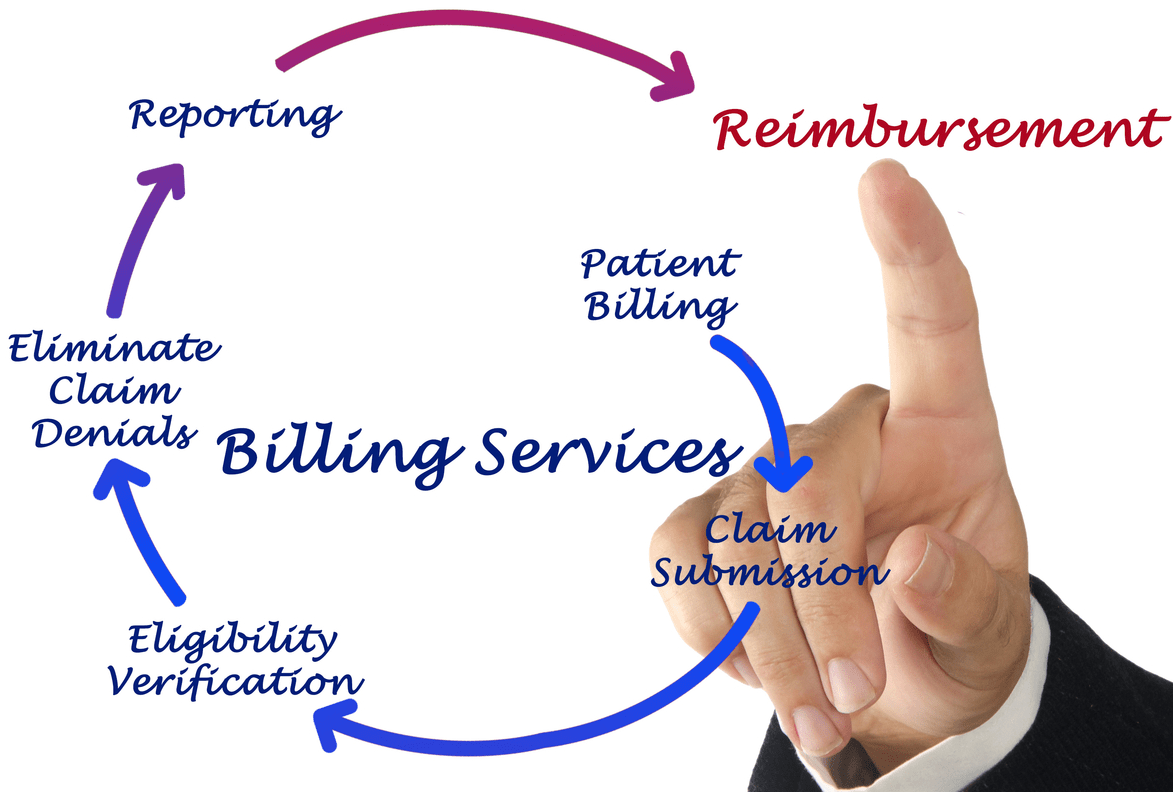Content Attributes
Technology is a constantly and rapidly evolving space, and this is very apparent in the healthcare industry. This often presents challenges to doctors and nurses who must keep up with the latest technological developments. It also means their lives are improved in various ways. Healthcare tech can reduce burdens on hospitals and doctors’ practices. Improve care standards for patients and make healthcare more accessible to people.
This article explores how technology is helping these valuable professionals and looks at some of the best examples of modern healthcare technologies that are improving the lives of doctors and nurses.
The impact of modern technology on healthcare
The impact of modern technology on healthcare is truly immense. This has led to improvements in the lives of patients and doctors. That each benefits from better and more efficient healthcare. Conditions are safer, treatments are more effective. And more people can access life-saving care, all of which is thanks to advancements in technology and treatment methods. Here are just a few of the ways modern technology has impacted the healthcare industry:
Healthcare is more efficient
Healthcare is now much more efficient than it has been historically thanks to a range of technologies. Changes that we now take for granted have caused such dramatic shifts in the efficiency of the healthcare industry that it’s difficult to imagine. The move from paper-based systems to computerized systems, for example, has led to an immeasurable improvement in efficiency.
Healthcare providers can store, access, and share information in just a few clicks. Patients no longer need to wait weeks for updates to arrive in the post. As they can receive electronic notifications instantaneously.
This has made the lives of doctors and nurses easier. As they can not only easily share information, and with patients. But they can also avoid errors and other complications that come with using physical documents. Healthcare institutions also benefit from digital transformations. As it means massively reduced overheads and easier management of facilities, staff, and information.
Digital tools also exist that can provide advanced monitoring. Meaning doctors and nurses no longer need to monitor certain health conditions manually. These examples, and the multitude of examples not mentioned, all lead to faster, cheaper, and better healthcare provision.
Healthcare is more accessible
Healthcare is more accessible than it has ever been thanks to modern technologies. This is true in several ways, not least of which is because technology has revolutionized the way people communicate and transmit information. The fact that students can now gain a medical education from their homes for greatly reduced costs. Such as through an online ABSN (Accelerated Bachelor of Science in Nursing) program. That means valuable knowledge is spreading further than ever before.
More healthcare professionals are being trained at ever-increasing rates. Meaning more and more people can deliver life-saving healthcare around the world.
Efficiency improvements have led to reductions in cost. That is one huge contributing factor to the increased accessibility of healthcare. Technologies such as the internet and mobile phones also mean people can access advanced healthcare insights at the click of a button.
While it’s not advisable to self-diagnose in many cases, having access to life-saving information from authoritative sources is truly revolutionary and something doctors of the past could have never envisioned. Mobiles and other widely accessible devices can also monitor your health in various ways, including wearable devices that capture biometric information.
Healthcare is more effective
One of the most obvious benefits and impacts of modern technology on healthcare is that it’s much more effective than it used to be. Doctors and nurses have access to sanitary conditions, better medicines, and more sophisticated technologies than ever before. This leads to more lives saved and easier jobs for these healthcare professionals in many cases.
Healthcare treatments are better now because of things like big data and the ability to determine what works through statistical insights, leading to the development of more effective treatments more quickly. Technology also enables doctors and nurses to provide care beyond hospitals.
The ability to keep in touch with and even monitor patients at a distance means healthcare providers can extend treatment beyond the doctor’s office, hospitals, and hospices. Advances in technology mean illnesses can be detected sooner and addressed more effectively and patients can be monitored post-treatment, all of which leads to more people living healthier, longer lives.
Better continuity in treatment thanks to digital record keeping also means patients receive more effective treatment and experience continuity problems far less often. This reduces mistakes and further improves the effectiveness of healthcare.
Examples of technologies helping doctors and nurses
Countless healthcare technologies are helping doctors and nurses do their jobs more effectively and improving the lives of patients. Here are just a few examples:

Big data
Big data has revolutionized many industries, and many professionals and organizational leaders now call data the “new gold”. This is because, like gold, once you extract and refine data, you can obtain immense value from it and apply it in numerous ways.
In relation to healthcare, big data is enabling healthcare providers and researchers to gather data quickly, perform meta-analyses and uncover insightful trends and statistics. This helps them improve treatments, reduce risks, and devise new, more effective treatments. Access to big data means clinicians can utilize huge population sample sizes and come to more accurate conclusions.
One example of how big data can assist healthcare providers that is particularly relevant to the modern world is its ability to aid in preventing the spread of infections. Advanced analytics platforms can use big data to predict which patients may be at risk of developing infections in the earliest stages, allowing for early intervention.
Bio-surveillance technologies can monitor patients within facilities and combine readings with information from medical records and accurately predict who is statistically likely to get an infection. It can then alert doctors and nurses through an alarm system.
Digital health records
In recent history, patient medical records were stored as large physical files and transported from department to department and facility to facility. This inevitably led to lost or damaged records, causing discontinuities in treatments and other serious problems that impacted patients and clinicians.
As it’s important to share information not just with doctors and nurses, but also with dentists and psychiatrists, for example, this led to records being widely dispersed and disorganized. If a patient was rushed into the hospital, it may have taken far too long to discover critical information, such as allergies to certain medicines.
Since the introduction of digital health records, medical professionals can pull up patient information instantly and treat patients more effectively without delay. Electronic records can safely store patient information in a centralized location, enabling it to be instantly shared with relevant providers. This also makes for a much easier billing process.
Digital health records also enable doctors and nurses to make better, more informed decisions relating to patient care. Not only does it enable continuity and better coordination between providers, but many health record systems can use statistical insights to suggest the next steps for treatment.
Portable monitors
This is one device that’s helped nurses in particular and made their jobs much easier and patient monitoring more efficient. These devices keep track of highly important information such as respiratory rates, ECGs, and blood oxygen levels and report them straight to nurses’ handheld devices or a central monitoring system.
This means nurses can monitor their patients and respond to them quickly, even while on the move or helping others. When they hear an alarm due to a problem detected by the remote monitoring devices, they can quickly spring into action and help patients.
This greatly reduces burdens on hospital staff, as they don’t constantly have to circulate hospital floors manually checking on patients. Instead, they can dedicate time to other essential tasks while the technology keeps an eye on people.
As technology is always recording information, it also helps doctors and nurses provide better care, as no event goes unnoticed. They take readings constantly and all the data goes straight to a central hub where it can be analyzed and applied in various ways. Remote monitoring devices help hospitals save money and remove the need for a lot of bedsides and overnight monitoring.
Smart beds
Similar to portable monitors, smart beds help keep patients safe and well-looked after by reporting vital signs and other data to nurses when they aren’t around. They can also track things like movement and weight, which greatly reduces instances of patients falling out of bed, for example.
Smart beds not only keep patients safe but comfortable, which is an essential aspect of recovery for many conditions, such as broken bones and other injuries. Having the ability to move the beds up and down electronically can help patients with activities such as moving around and eating.
This technology also helps with the management of entire facilities, as hospital administration staff can monitor bed capacity and quickly determine how many available beds there are. Such capabilities help to prevent hospitals from exceeding their capacity, which further keeps patients safe.
Soon, advances in technology will make hospitals and other healthcare facilities more intelligent through the Internet of Things (IoT). This describes the interconnection of various smart devices that create an intelligent grid, enabling all kinds of improvements in terms of efficiency and effectiveness. Healthcare facilities are already moving in this direction, and smart beds will play an important role.
Robotic surgery
This healthcare technology is highly expensive and still in its early stages, and as a result, is not yet widely available to patients. However, robotic surgery, or robot-assisted surgery, will likely play a very important role in healthcare in the near future.
These machines can dramatically reduce the limitations of conventional surgery because they are less prone to mistakes, don’t get tired, and don’t even require a surgeon to be present. This opens up the possibility for remote surgery, which could allow surgeries to be performed on a large scale with much less involvement from surgeons.
The technology has been criticized due to how expensive it is currently. But these costs will hopefully decline in the future. Robotic-assisted surgery can also help surgeons achieve much greater levels of precision. Which is particularly helpful when performing minimally invasive surgery. This is surgery that involves making tiny incisions and operating through them.
Robotic instruments aren’t burdened by the same limitations as humans and therefore don’t get distracted or suffer from inconsistent dexterity that may lead to errors. This technology has the potential to save countless lives and could help healthcare professionals significantly.
Nanotechnology
Once confined to science fiction, nanotechnology is now a reality and is drastically improving healthcare for practitioners and patients. Nanotech refers to tiny devices that are smaller than molecules and are able to perform functions on a microscopic scale.
One area in which this technology is revolutionizing healthcare is through diagnostics. As misdiagnosis is a problem that leads to the deaths of tens of thousands of people each year. This is because any given symptom can be suggestive of a huge number of diseases, which invites a significant risk of misdiagnosis. Nanotechnology devices like smart pills can reduce this risk.
These devices work by patients ingesting them, then the technology is able to detect diseases through microscopic sensors, long before symptoms are present. They can then report the information back to the patient or their healthcare provider. Enabling them to intervene at far earlier stages than was previously possible.
Wearable nanotech devices such as smart bandages also help with infection prevention by detecting early signs of infection and releasing antibiotics. The potential of nanotech is staggering, and it has been minimally tapped to date. In the future, these devices could potentially cure a vast number of diseases from within a patient’s bloodstream.
Telehealth
Telehealth has the potential to bring life-saving treatment to massive numbers of people, regardless of their proximity to healthcare facilities. In light of the recent health crisis that shook the world, such technology could be enormously helpful for providing life-saving advice and treatment to people.
If hospitals become too busy or if important medical information needs distributing quickly, telehealth can facilitate various potential solutions. Any telecommunication device can facilitate telehealth, as it’s simply a means of establishing and maintaining contact between healthcare professionals and patients over long distances.
This can enable doctors and nurses to issue important reminders, educate people, offer advice, administer care and intervene in certain issues. Telehealth has the potential to help doctors and nurses greatly. As it means they can help their patients much more easily.
Patients can also access medical support at much lower costs, as the price of diagnosing an illness. For example, would be greatly reduced through telehealth. Those with mobility issues or who are otherwise incapable of visiting a hospital in person can also benefit greatly from this technology.
Artificial intelligence (AI)
AI is set to disrupt many sectors, and healthcare is certainly one of them. This technology can support doctors and nurses in various ways. As it can act as a highly intelligent assistant, not unlike Siri or Alexa. AI is also being applied to improve aspects of healthcare such as customer service. As patients sometimes find themselves being referred from one person to another or having to queue for long periods.
Technology can enhance the efficiency of such processes by intelligently managing things. Such as patient scheduling, which can reduce the time patients wait for service.
AI can also support medical professionals with medical imaging solutions. AI-powered advanced image processing software, such as the one developed by Novarad, can analyze enormous volumes of imaging data and identify complex patterns much more quickly than human researchers. This reduces the costs associated with research and errors, meaning cheaper, faster, and more accurate medical diagnoses.



